This past October, EST art foundation in Leiden hosted this well-attended exhibition of colorful blankets by Henk van Reek, curated by Mienke Simon Thomas, secretary of the Leiden Blanket Foundation.
This exhibition showed a total of 25 different blankets that Henk designed for blanket factory Van Wijk between 1958 and 1976. Added to this are a number of gouaches he made in the years immediately following the closure of the blanket factory in 1976. Most of this is work he was able to make and sell under the BKR, Beeldende Kunstenaars Regeling, to the municipality of Voorschoten, the place where he lived all those years.
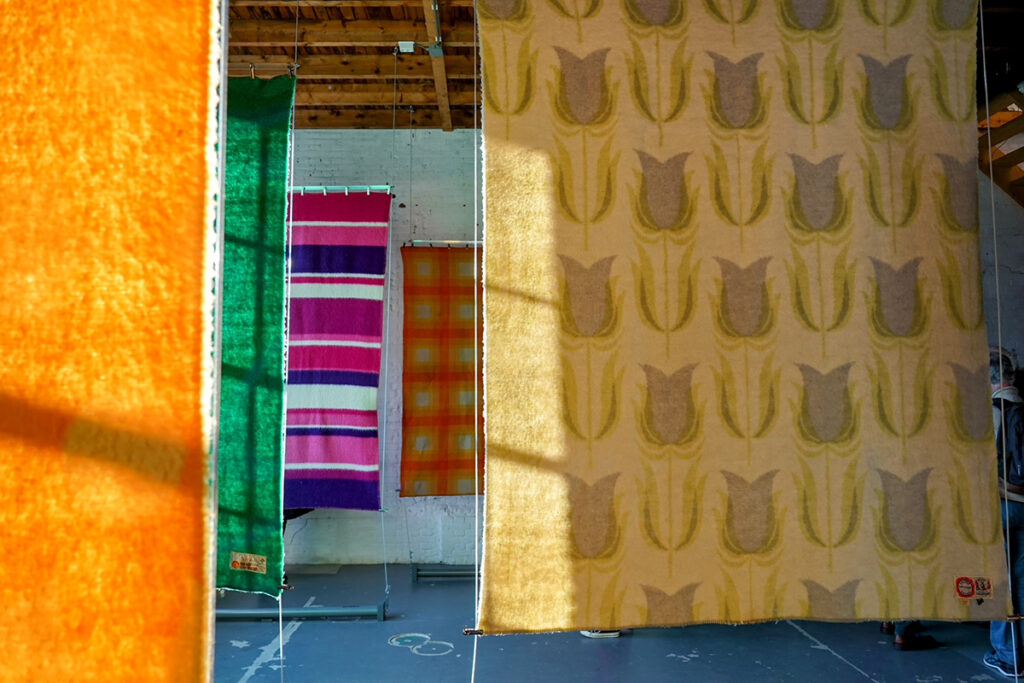


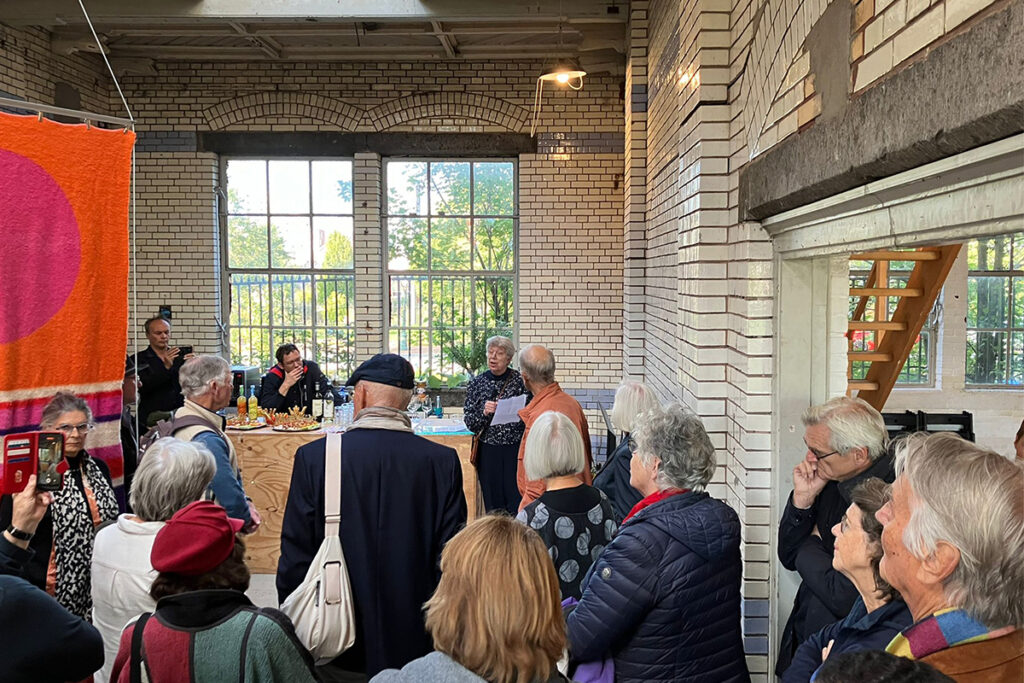
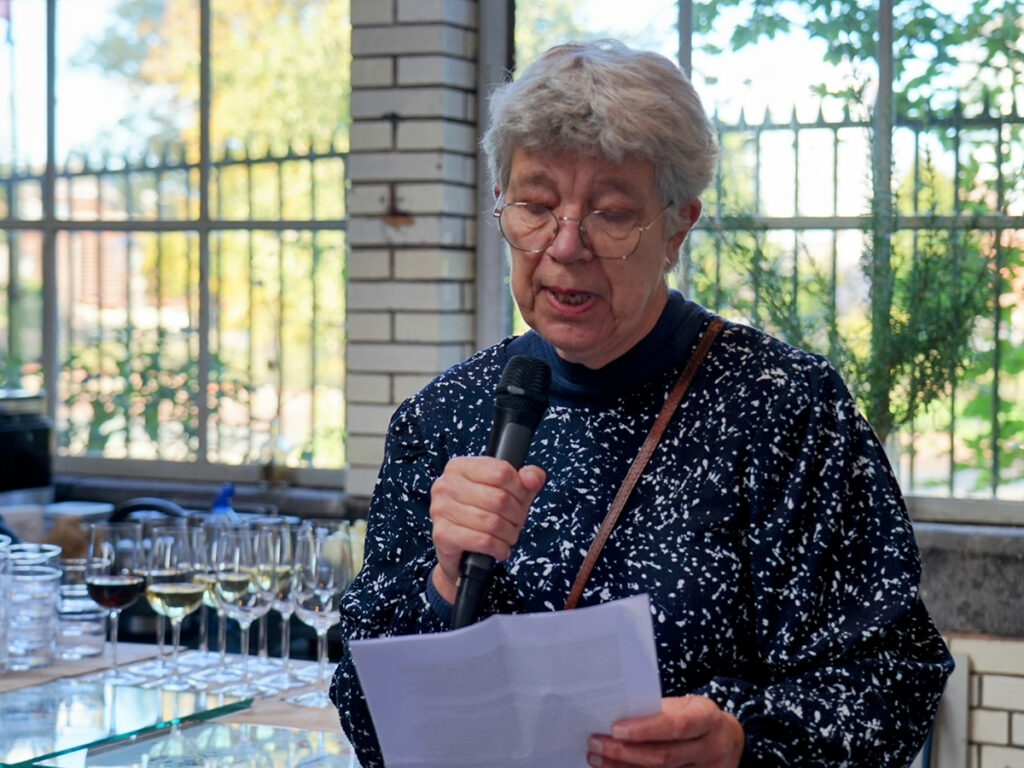
Henk does not have his own archive. And the archive of blanket factory Van Wijk is incompletely preserved at ELO, Erfgoed Leiden en Omstreken. So I cannot say exactly what part of Henk’s oeuvre is represented here. Surely, in total, he must have made at least a hundred blanket designs. So we can say that a quarter can be seen here. And probably also the most popular designs, those that sold the most and thus had the greatest chance of coming to us. For example, one of his most sought-after blankets, in two different colourways: Apollo. Henk designed this one in 1969, the year the Apollo landed on the moon.


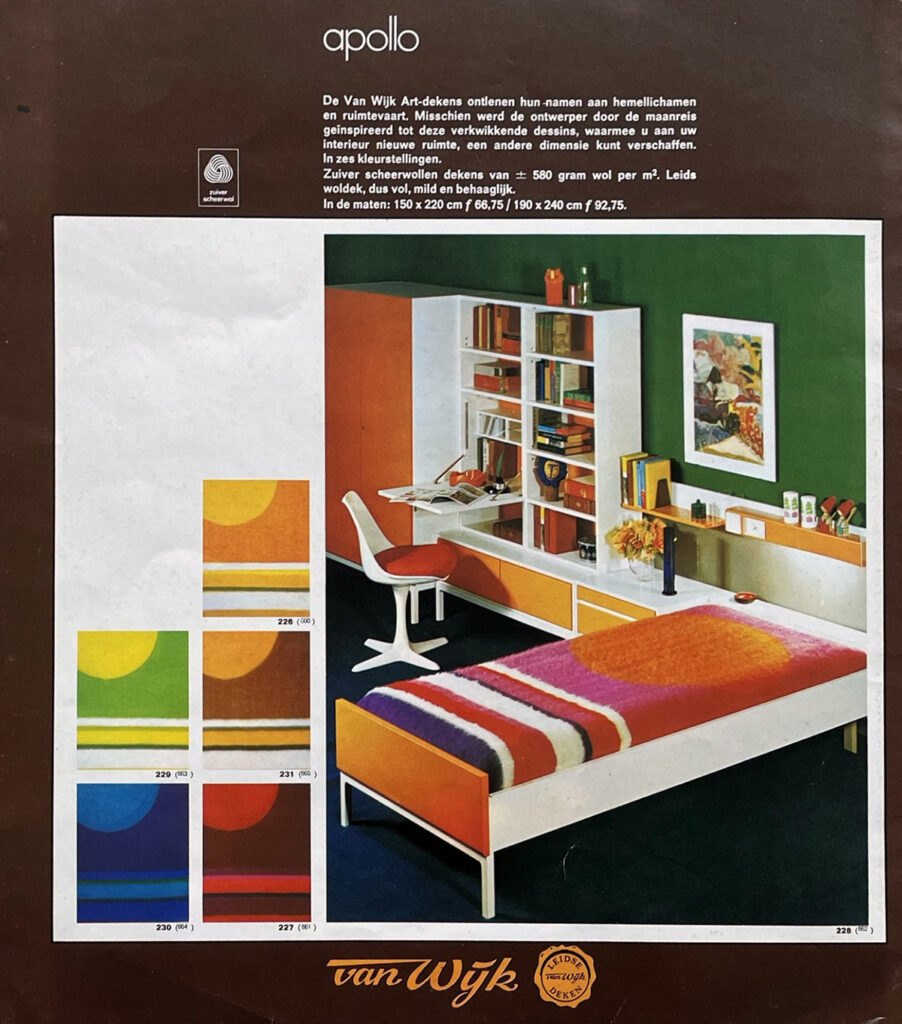
How did Henk go about his work? In any case, he had no shortage of ideas and inspiration. By his own admission, he definitely did not follow closely what was happening in interior or textile fashion in the Netherlands and abroad. But I refuse to believe that. Surely a design like Carnaby or Saturn have very strong similarities with Finnish textile designs from the 1960s. He did share a contemporary source of inspiration. Sometimes Henk was allowed to accompany the wife of vice-director Paul de Beer to fashion shows by Max Heymans.
When Henk had worked out a design in colour on paper, it was done once by a specially appointed weaver. Such a thing was an expensive joke, but definitely necessary: a woven blanket looks different from a painted sheet of paper. When about five or six new designs were thus woven, this series was assessed by the commercial director, salesmen and representatives of the factory and by some art and design experts. These were sometimes good friends of Henk: the painter Sierk Schröder and Simon Mari Pruys, at the time a respected and even feared design critic and theoretician. Author of the critical book Dingen vormen mensen. After any changes Henk determined the various remaining colour schemes of the pattern and the looms were prepared. Regularly, Henk invented totally new colours: purple and cyclamen, hard blue and green had never been used as blanket colours before.
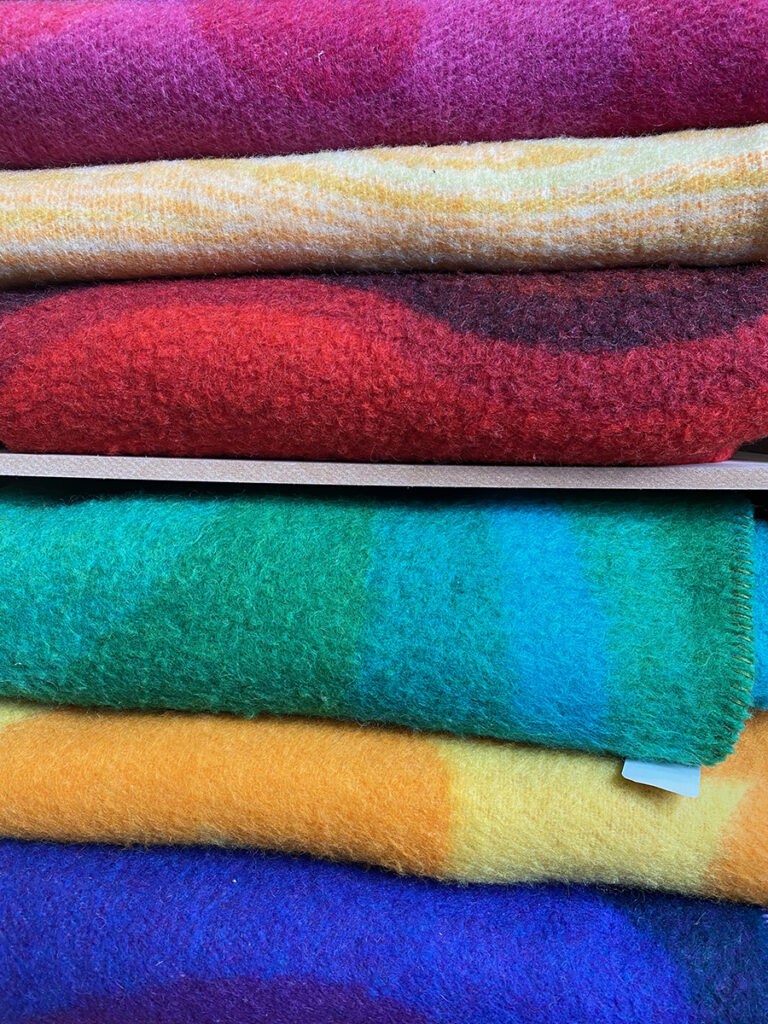
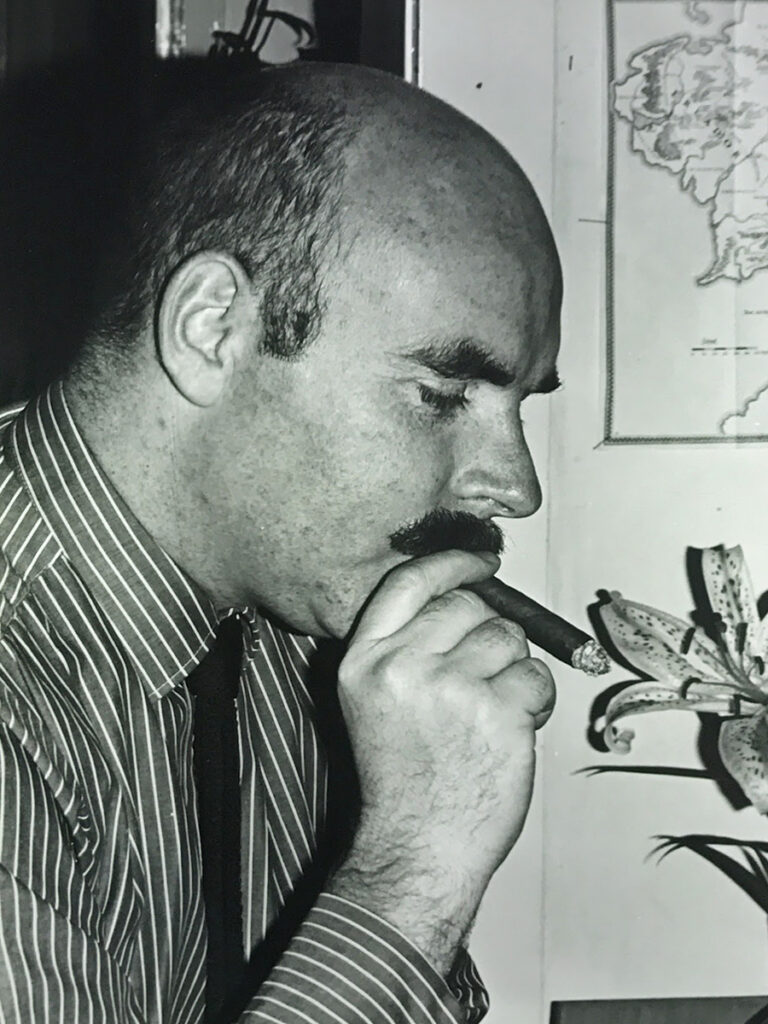
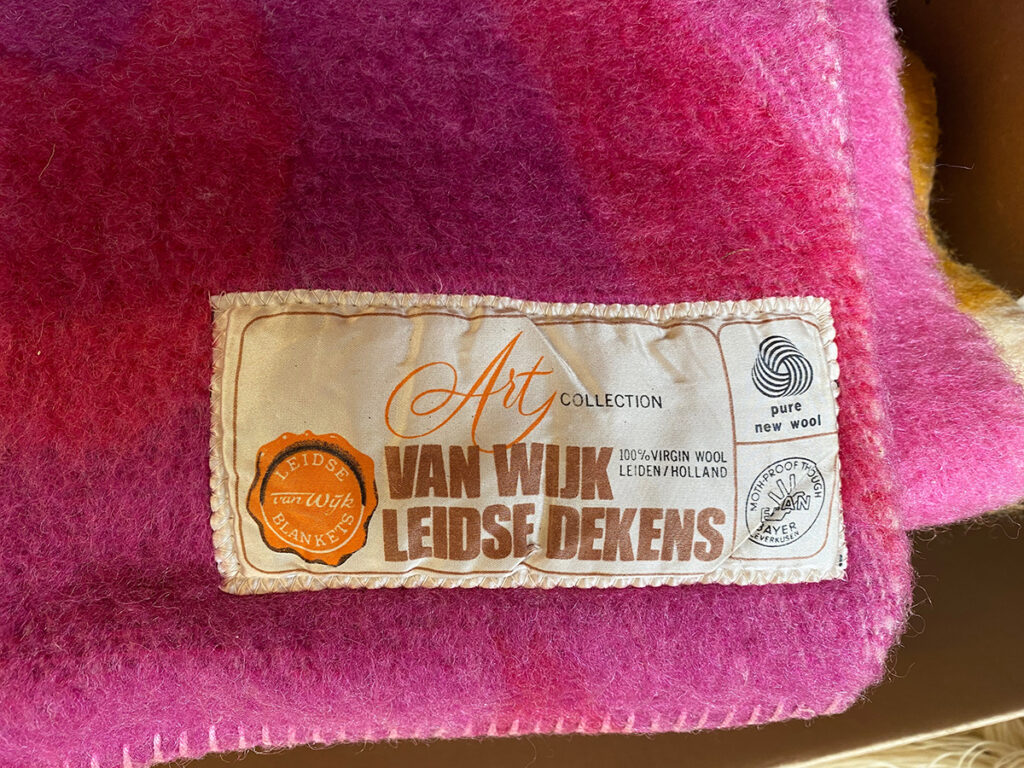
Be that as it may, Henk’s blankets sold well. And they undoubtedly influenced blanket designers from other factories in turn. No, it wasn’t his patterns that caused things to go wrong rather quickly. It was due to the synthetic yarns that were becoming popular at the time, which initially seemed to be oh so handy, practical and cheap. If only we had known then what we know now about the disastrous effects of all that plastic in our environment. But the death blow was delivered in the mid-1970s by duvets. In no time at all, the two still-operating Leiden factories Van Wijk and Zaalberg closed down. In Tilburg, they held out a little longer, but even there blankets have not been woven for years now.
Fortunately, our Leiden Blanket Foundation was then established, which on the one hand works to preserve Leiden’s blanket heritage and on the other hand has been weaving really beautiful new woollen blankets again for over a year now. For us, Henk’s blankets are a source of inspiration and tangible proof that a beautiful blanket can still provide warmth and joy even after 50 years.

Text: Opening speech by Mienke Simon Thomas

